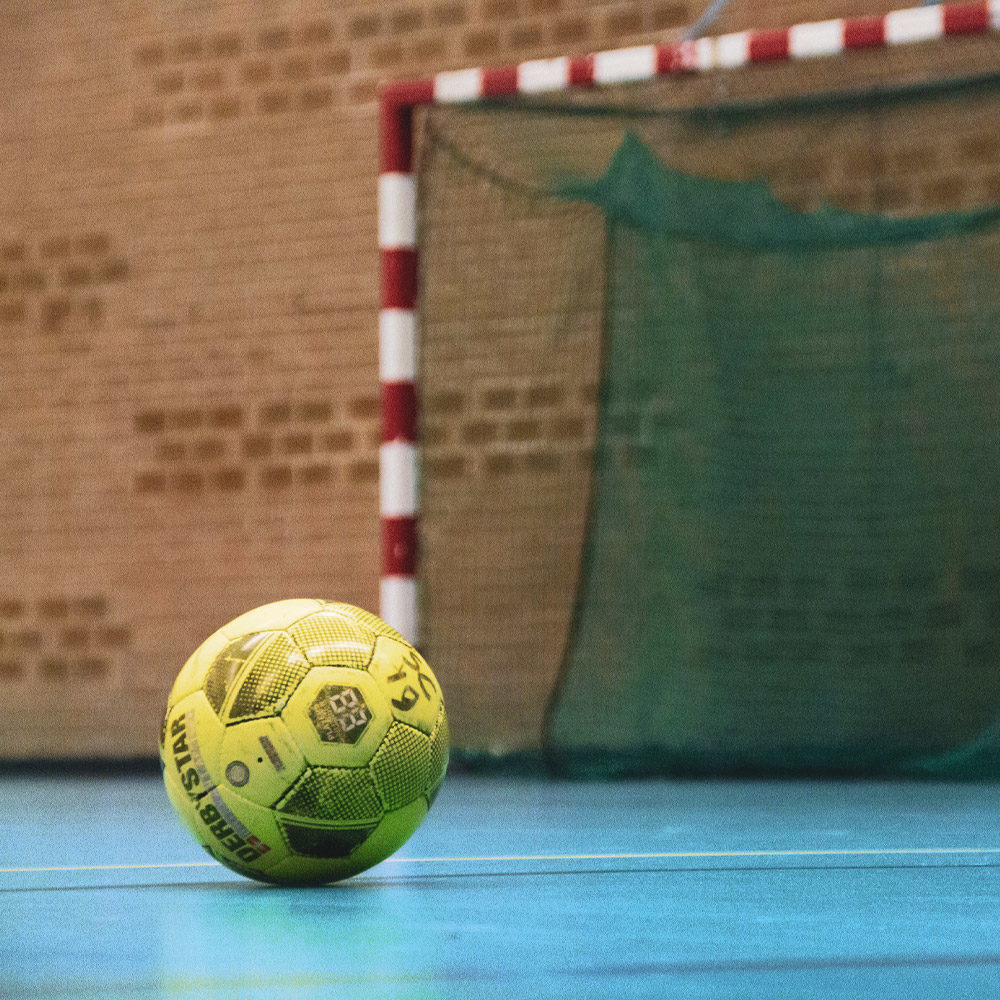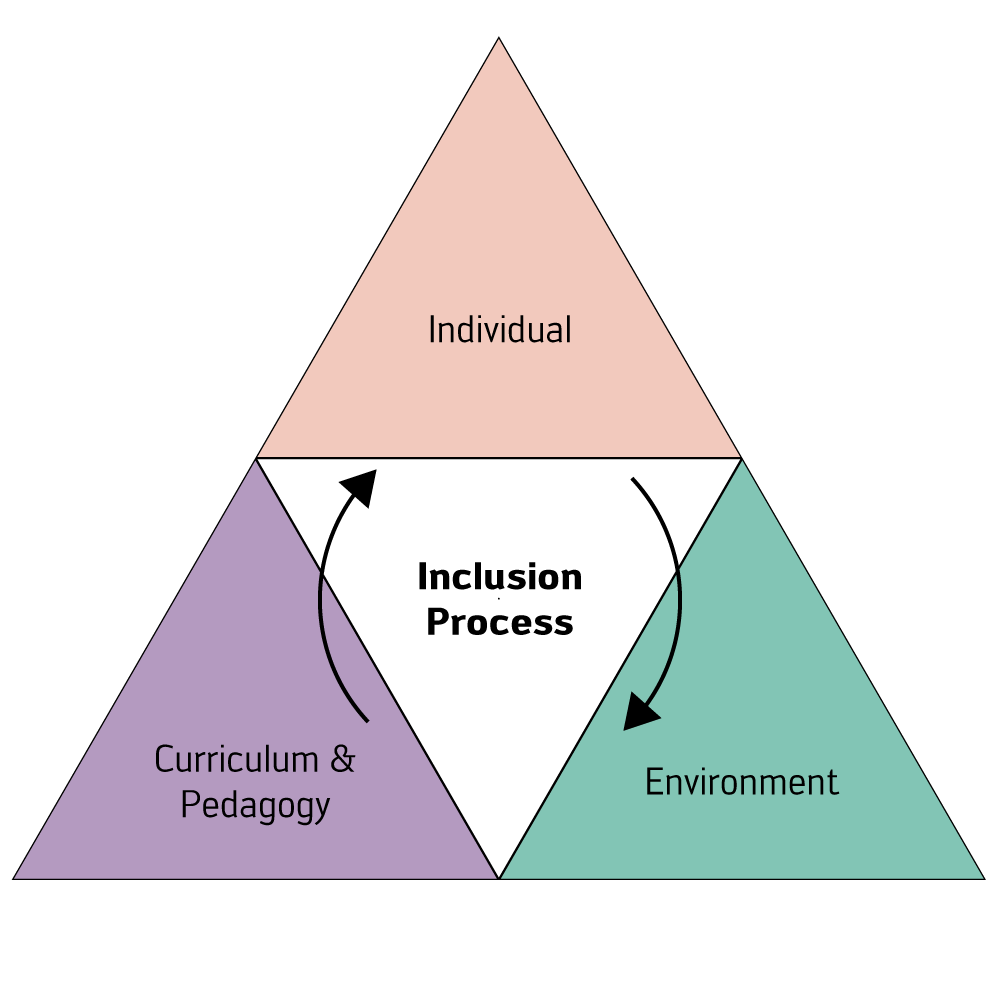Progress has been made in promoting inclusive practice within physical education in recent years; this is exemplified within the DIPPE questionnaire where 60% of teachers ranked inclusion in physical education in primary schools as important in their countries and 65% reported good or very good feelings of competence in promoting inclusive practice within physical education. Despite this progress, it is evident that a number of factors remain that challenge attempts at inclusion for children with and without additional needs: curricular pressures, time constraints, environmental constraints, resources and teacher attitudes (De Corby et al., 2005Classroom Teachers and the Challenges of Delivering Quality Physical Education. The Journal of Educational Research, 98(4), 208-220; Morgan & Hansen, 2008, NCCA, 2010aCurriculum Overload in Primary Schools: experiences and reflections from the learning., 2010bCurriculum Overload in Primary Schools: an overview of national and international experiences.).
Inclusive primary physical education should engage all children through positive, meaningful, developmentally appropriate learning experiences (Wrench and Garrett 2018Diversity and Inclusion. In G., Griggs & K. Petrie (Eds.), Routledge Handbook of Primary Physical Education (pp. 134-144). Abingdon: Routledge.); Morrison & Gleddie, 2019Interpretive case studies of inclusive physical education: shared experiences from diverse school settings, International Journal of Inclusive Education.). Therefore, the focus of this online resource is to provide curricular and pedagogical support for teachers of primary physical education to develop an inclusive learning environment.
Florian (2015)Conceptualising inclusive pedagogy: The inclusive pedagogical approach in action. In J. M., Deppeler, T., Loreman, R., Smith & L., Florian (eds), Inclusive Pedagogy Across the Curriculum. Vol. 7. (pp. 11-24). Bingley: Emerald Group Publishing Limited. describes inclusive practice as focusing on the individual needs of learners within the sociocultural context of learning. Accordingly, this places the teacher at the centre of creating an environment and conditions for inclusion to flourish.

To support teachers to develop inclusive practice this resource recognises the four key principles to support inclusive practice highlighted by UNESCO (2005)Guidelines for inclusion: ensuring access to education for all.:
These principles are used to underpin the approach to inclusive practice advocated within this resource.
To support teachers to develop an inclusive learning environment for their students and to embed inclusion within their practice a Functional Map, and Knowledge Skills and Competencies Framework have been developed.
In addition, the diagram below outlines the main components of inclusive practice within primary physical education. These components are constantly interacting as they each contribute to the inclusion process. Clicking on each component provides an explanation of considerations teachers can make within their practice to promote inclusion.

- Teachers explore their own assumptions in relation to norms and hierarchies within society.
- Teachers reflect on taken for granted conceptions of physical education particularly in relation to what is taught, how and why.
- Value diversity – consider difference as an integral aspect of human development. (ModuleChronic conditions)
- Know the children, build relationships – consider the needs, barriers to learning and appropriate level of support for each learner.
- Remember that the disability should not be the focus but rather the capabilities of the child, to ensure that the child reaches their potential. (ModulePhysical capabilities)
- Encourage children to express themselves to articulate what they can do and what they find difficult. Ask children what kind of support they require. (ModuleGross and Fine Motor skills)
- Listen to the voice of the child, to parents of the child and to others such as therapists who work with the child. (ModulesPhysical capabilities, Chronic conditions)
- Be responsive – follow children’s interests. (ModuleVerbal and non-verbal communication)
- Support each child to flourish within the educational context.
- Provide opportunities for learners to work independently and take ownership of the learning process.
- Create a climate of trust and support between children. (ModuleAttention and Concentration)
- Encourage peer support by teaching the children to understand each other and provide positive support to each other. (ModuleGross and Fine Motor skills)
- Be alert to how you as the teacher and the children communicate through body language and non-verbal cues (e.g. facial expressions, gestures, eye contact). (ModulesVerbal and non-verbal communication, Physical capabilities, Chronic conditions)
- Positively praise and recognise children’s efforts. (ModuleVerbal and non-verbal communication)
- Create a safe, supportive learning environment centred on respect that encourages children to request help or clarification if required. (ModulesVerbal and non-verbal communication, Sensory)
- Develop rich learning opportunities for all learners.
- Adapt the environment, resources and movement situations to ensure that learning experiences are developmentally appropriate and accessible for all learners. (ModuleGross and Fine Motor Skills)
- Provide space for children to take time-out if required. (ModulesChronic conditions, Physical capabilities)
- Use visual stimulus, such as pictures, to convey meaning. (ModuleVerbal and non-verbal communication)
- Create a relaxed positive learning environment. (ModuleVerbal and non-verbal communication)
- During teaching and when providing oral instructions minimize background noise so that children can focus and process verbal information. (ModuleVerbal and non-verbal communication)
- Liaise with and support external providers supporting theinvolved with PE lessons. (ModuleSensory)
- Re-evaluation and development of the curriculum and associated pedagogy to meet the needs of children with and without additional needs.
- Question practice:
- What is taught?
- Why is it taught?
- How is it taught?
- Promote a dialogue of respect, tolerance and inclusion within the curriculum.
- To best meet the needs of all learners modify and adapt:
- Teaching strategies
- Groupings
- Activities
- Provide a range of differentiated learning experiences that reflect experience, need, and ability of learners, and promote pupil choice.
- Encourage exploration of movement in a variety of ways.
- Privilege participation.
- Show a positive attitude towards learning and provide constructive individualised feedback.









